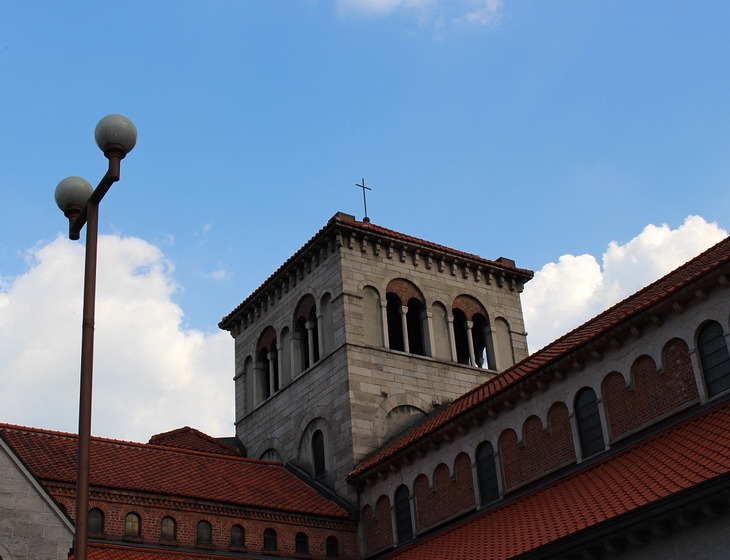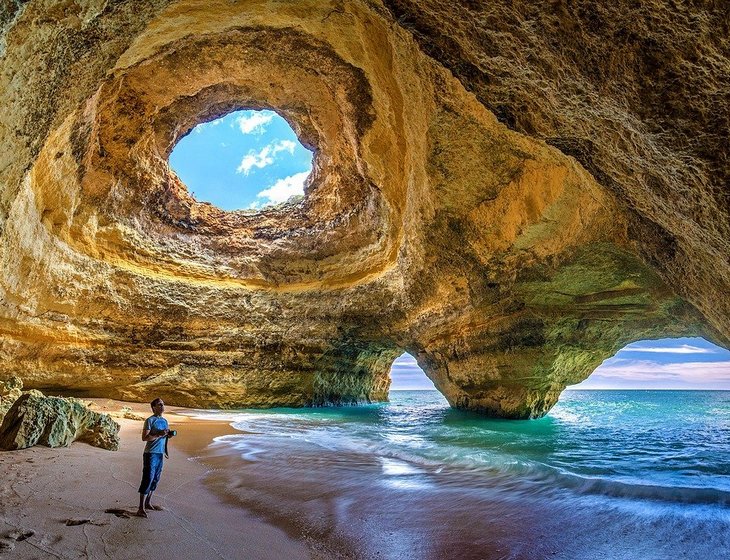This temple is now an iconic landmark in the capital city of Zanzibar, Stone Town. The church was erected in 1887 using several architectural styles. It mixes traditional Arab urban planning techniques with Gothic elements. Inside the church is a wooden crucifix dedicated to Livingstone, the famous British explorer and scientist of Africa.
The Anglican Church in Stone Town, the capital of Zanzibar, is the first Catholic cathedral in all of East Africa. It was built in 1887 and today it is one of the most prominent landmarks of the city and the entire island of Zanzibar, not only for religious people. Tourists come here to see its unusual architecture – it mixes elements of Gothic and traditional Arabic style, so at first glance it is hard to tell if this is a Christian church or a Muslim mosque.
There is a legend that the main architect, who built the church, at the end of the process decided to take a break and went on a safari. The black workers, left to their own responsibility, were to finish installing a few columns, after which the church could be considered complete. What was the architect’s surprise when he returned to find the columns upside down! Today it is almost imperceptible to the naked eye, but worth a closer look and you’ll see with your own eyes the confirmation of the legend.
Inside the temple is also something to see. Next to the notorious columns is a beautiful stained-glass window on a narrow and high lancet window. It is arranged here as a symbol of remembrance for those who died in the struggle against the slave traders. Interesting fact: The site of the Anglican cathedral used to be a slave market. But when in 1873 the slave trade was abolished, the British authorities immediately decided to build a cathedral in this terrible place. The construction was not completed until 1887.
Inside the temple the wooden crucifix also attracts attention. It is installed here in memory of the outstanding British explorer David Livingstone. Exploring Africa throughout his life, he paid much attention to finding the source of the Nile River. This was the focus of his last expedition, during which Livingstone contracted malaria and died in 1873. His embalmed body was sent to Great Britain and is buried in Westminster Abbey. David Livingstone’s heart was buried in the settlement of Chitambo.
There is a monument to slaves in the square in front of the church, and beneath the temple building are earthen cellars where slaves were kept. Slaves were stuffed into these small cells by the dozens, having to literally lie and sit on each other. After the abolition of slavery in 1873, slaves were still in demand, and they were traded illegally.


